We’re focused on “healthy habits” rather than resolutions in 2020. In addition to repetition (Start Your Timer Every Day!), another key to healthy habit forming is setting yourself up for success. Make your habit as easy, comfortable, and as drama-free as possible, and you’re more likely to repeat it. Since a successful fast often has as much to do with what you eat before the fast, as the fast itself, we’ve rounded up some info to help you prepare, complete with grocery lists! What could be easier?
Preparing for a Fast
No matter what you eat before starting your timer, you’re likely to see a lot of benefits from fasting. But you can make things a lot easier on yourself—and potentially achieve even greater benefits—by eating certain foods and avoiding others.
Much of fasting’s magic happens when your body enters ketosis, a state where your liver glycogen is depleted and your body uses something called “ketone bodies” for fuel instead of glucose. It’s possible to enter this state without fasting—that’s what the keto diet and other fasting-lookalike diets try to achieve, but fasting gets you there a lot more swiftly and efficiently. Ketosis usually begins after 16-18 hours of fasting or 2-4 days on a keto diet.
If you really want to get the most out of your fast, and get into ketosis even faster, you can start your timer with your liver glycogen either partially or completely depleted.
Dr. Peter Attia, recommends several days on Keto before and after fasting to get the most metabolic benefit possible. He calls this the “Nothing burger,” with your fast sandwiched between two slices of keto.
If you’re on a ketogenic diet, that means avoiding carbohydrates pretty much entirely (with the exception of fiber). If that sounds too restrictive, there are a few simple rules you can follow to make sure you aren’t entering a fast with a glut of glycogen and glucose swimming around in your system. Focus on the following foods:
Vegetables
Don’t forget to eat your veggies—especially ones that provide you with extra doses of insoluble fiber (the kind that isn’t broken down by your gut bacteria, and passes through you, helping keep you regular.) Hint: go for the green leafies like kale, spinach, Swiss chard, and bok choy. Cruciferous veggies like broccoli, cauliflower, and cabbage are high in insoluble fiber too. They also provide antioxidants, vitamins, and minerals without a lot of extra carbohydrates, so they should fill you up without filling up your glycogen stores.
Legumes
Fruit and legumes are almost entirely off the menu if you’re “on keto,” but they’re a good source of fiber and protein if you’re not. Beans, lentils, and peas can also make a nice meat substitute if you’re trying to keep your diet more plant-based. Some legumes, like white beans and lentils, are also high in resistant starch — carbohydrates that don’t break down easily in the gut and thus have negligible impact on blood glucose and insulin levels. These can be added to salads or consumed on their own. Most legumes can be made even more digestible by soaking them (especially if they’re dry to begin with), typically overnight.
Healthy Fats
Fat has long been vilified, but much of it wrongfully. Research shows that not all fat is created equal. You need healthy fats for a number of important bodily functions including hormone production, and the healthy development of your brain, immune system, nervous system, and blood vessels. Healthy fats contribute to feeling full and satisfied so they can set you up to be less hungry during your fasting periods.
You’ll want to avoid trans fats, but embrace essential fats. Even if you’re on a plant-based diet, there are plenty of “healthy fats” to be found in nature’s pantry including avocados, olives, nuts, and coconut oil, all staples of plant-based keto diets and Mediterranean diets alike.
Protein
In addition to the plant-based protein sources mentioned above, you may also enjoy animal protein without having a negative impact on your fast. We recommend choosing lean, organic, grass-fed options, but no matter what the source, focusing on protein and fat consumption, and minimizing carbohydrate consumption leading into your fast is the real key to getting into ketosis quicker.
Fruit
Go easy on the fruit since most of it is pretty high in sugar, and that sugar will get stored as glycogen if you don’t use it for fuel right away. But if your sugar cravings go into high gear anticipating a reduction during your fast, better to feed those cravings with a piece of whole fruit than a candy bar. With fruit, the sugar comes with glycemic dampening fiber and nutrients, as opposed to donuts and other sweet treats which have little to no nutritional value. Choose fruit that’s lower on the glycemic index (lower in carbohydrates), as well as lower in sugar/fructose like berries, grapefruit, and pears. And remember fruit juice is not the same as fruit. Even if it’s natural, raw, and organic, fruit juice has all the sugar of fruit without any of the balancing effects of fiber and other nutrients, so it can spike your insulin levels and flood your glycogen stores. It’s best not to drink juice before a fast.
Macros and Meal Timing
Consider cleaning up your diet and altering your macronutrient distribution about two days to one week prior to your fast, depending on the duration of the fast you’re planning. This means cutting out the sugar and processed carbs, and beginning to decrease the total amount of carbs you consume, including those from fruits, grains, starches, and legumes. Keep protein about the same as your “normal” diet, and increase your healthy fat consumption slightly if needed. For example, instead of having a macronutrient distribution that is 50% carbohydrates, 20% protein and 30% fat, consider shifting that closer to a 20% carbohydrates, 20% protein and 60% fat during the days leading up to your fast. These are pretty close to the ratios suggested for a typical ketogenic diet.
Feeding Window
Gradually shortening your feeding window about one week prior to your fast can also help train your body to function without food and get you into a more fat-adapted state. For example, if you aren’t used to restricting your feeding window, you can start with a 14/10 feeding/fasting time frame and slowly decrease that feeding window to a 16/8 or even 18/6 the day before a prolonged fast. If you are already an avid time-restricted feeder, consider going to one meal a day (OMAD) or decreasing total portion sizes a few days before the fast.
Pre-Fast Meal Suggestions
Our nutritionist has rounded up some recipes for you to enjoy in the days leading up to a longer fast (or as your final meal before a fast) that follow the general rules outlined above.
Pesto Chicken Spaghetti Squash
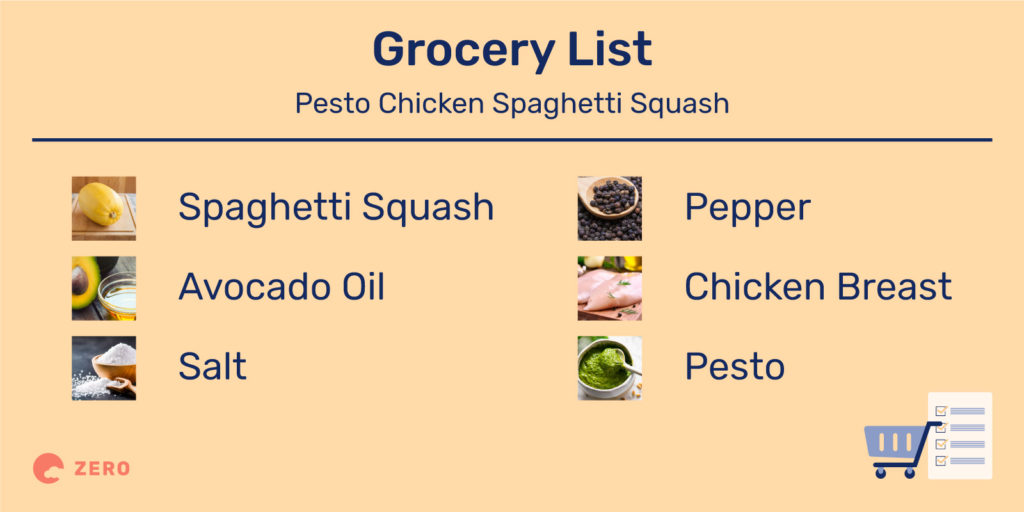
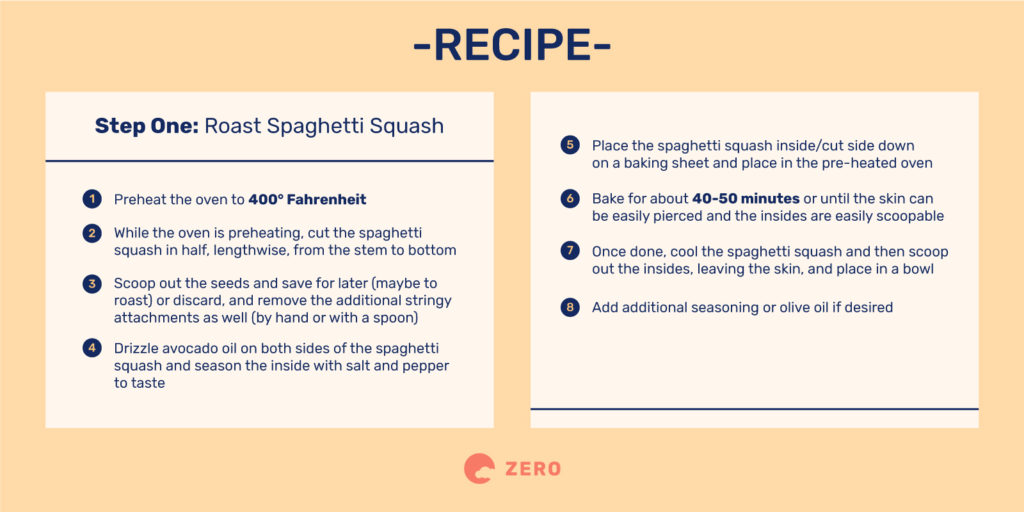
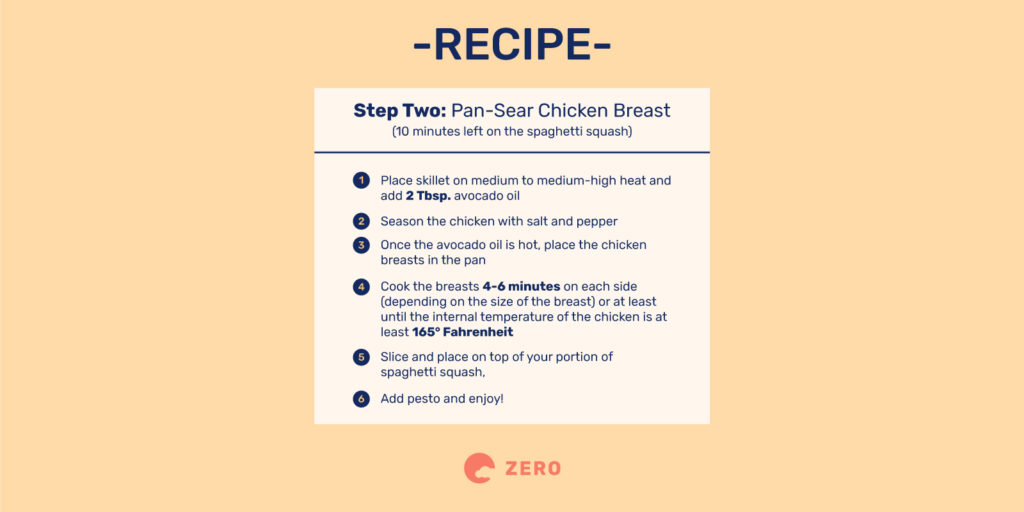
Wild Salmon + Veggies

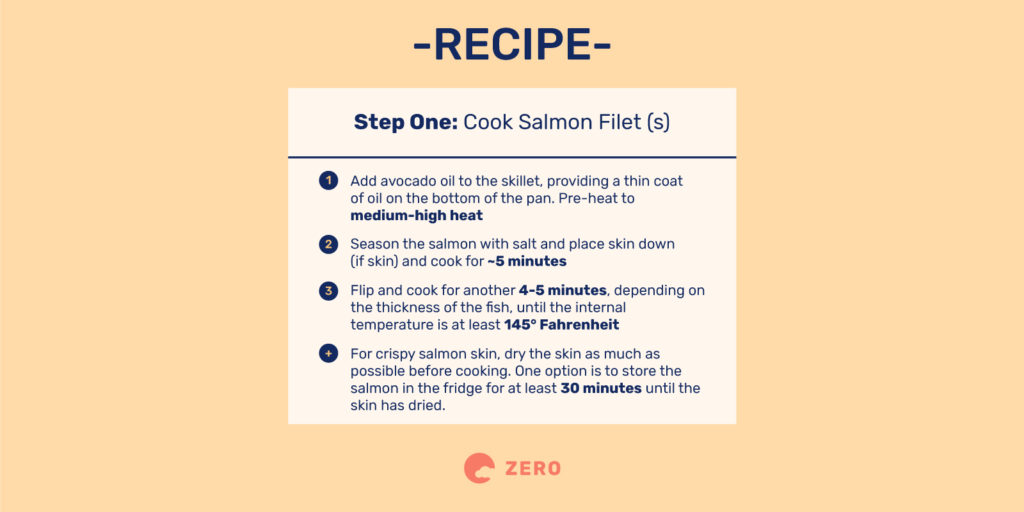
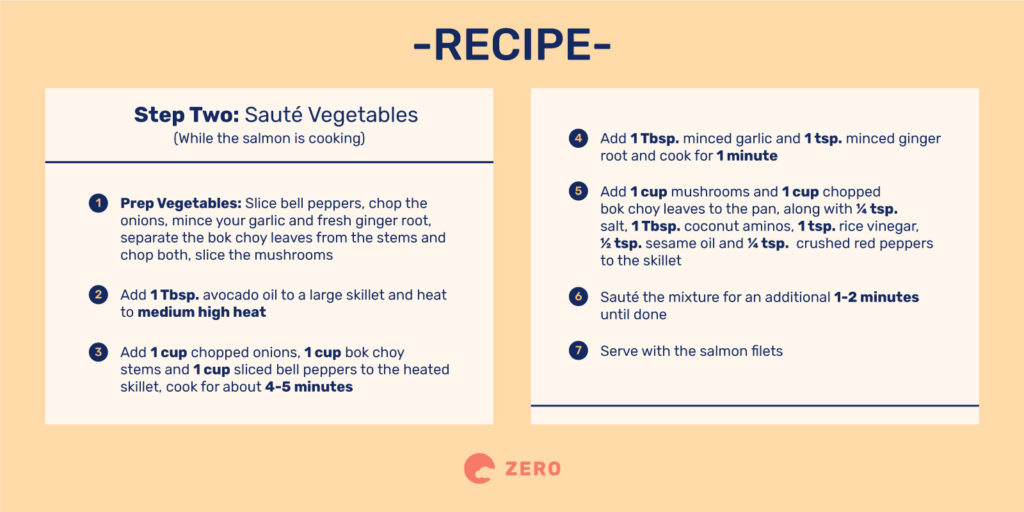
Steak Fajitas
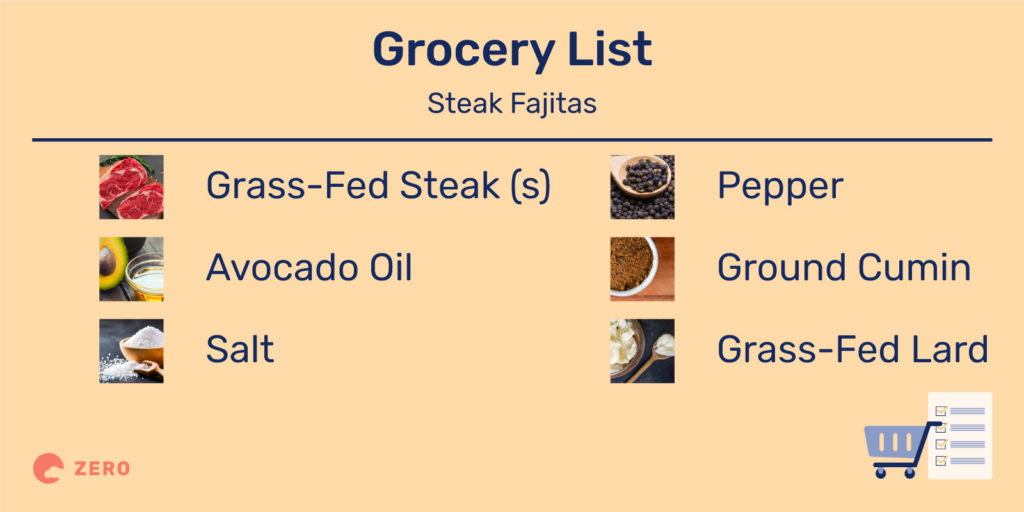
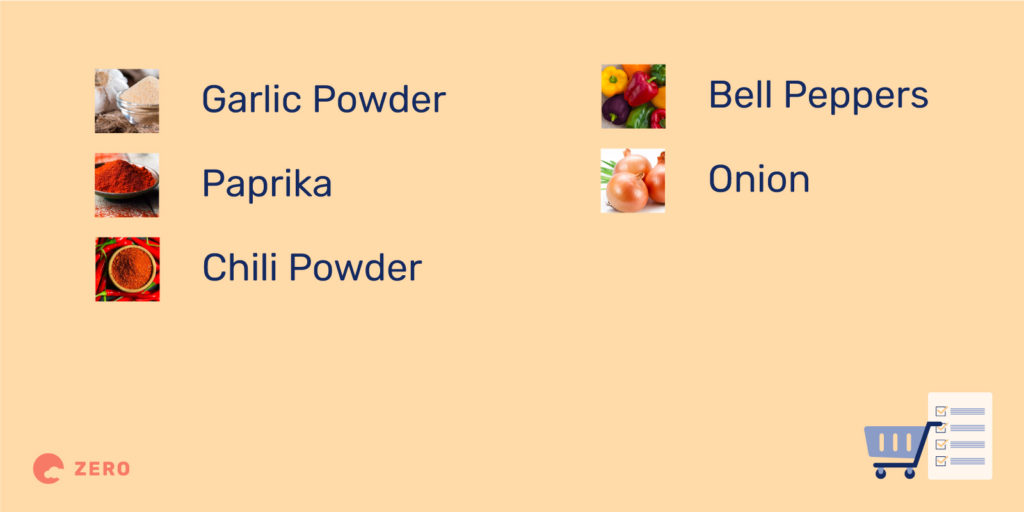
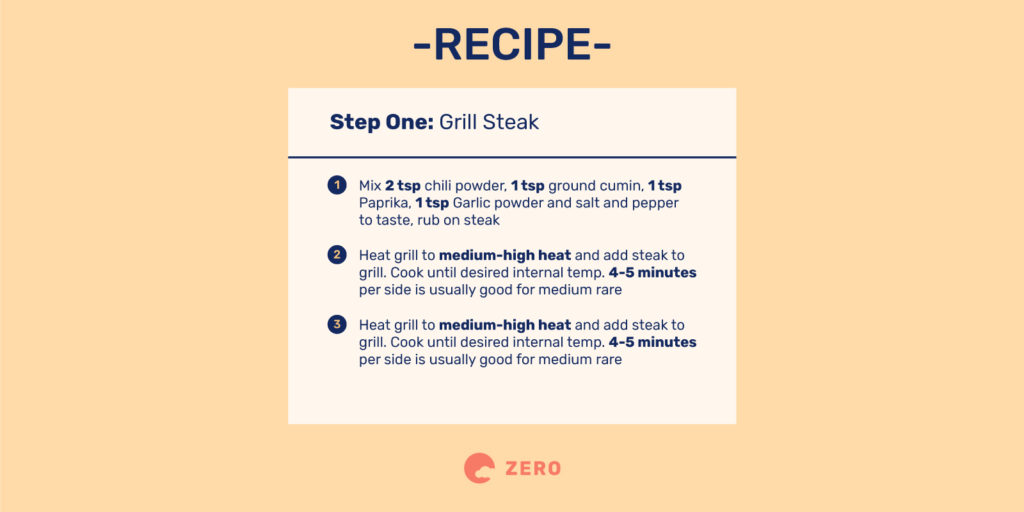
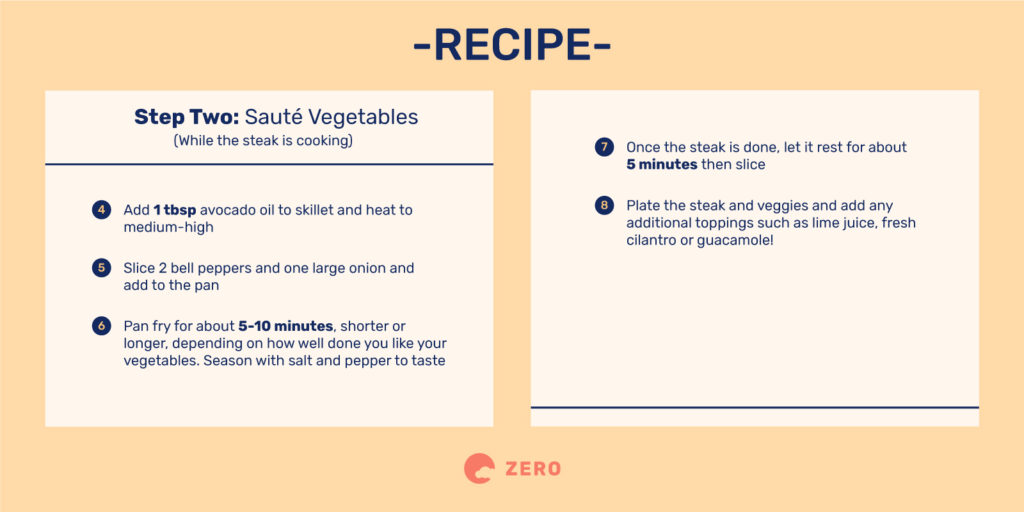
Don’t forget to share photos of your delicious fast fuel with us at @zerofasting.
- The Complete Guide to Fat Burning - April 30, 2024
- Zero Live #4: 3 Ways to Boost Fat Burning - March 28, 2024
- Zero Live #3: Nutrition, Fast Breakers, and Fasting - March 11, 2024



No, you won’t go into ketosis with 16-18 hours of fasting. To go into ketosis, you need to be fasting for at least 3 to 4 days.
You might be producing ketone bodies after fasting for 16-18 hours, in small amounts, which are rapidly metabolised, and don’t have enough time to accumulate enough to produce a nutritional ketosis.
Your liver contains around 120 grams of glycogen, just barely enough to supply the brain’s requirement for glucose.
The shortfall is made up by gluconeogenesis from muscle protein which comes from the normal turnover of protein. And ketone bodies, which can supply 25% of the brain’s energy requirements after 3 days of fasting.
I’m not convinced of the benefits of going into a nutritional ketosis. I’m on 23:1, with one meal a day which is high in carbohydrates (I avoid simple sugars, unless they’re in healthy vegetables or fruits such as carrots, apples or bananas), and I find it easy. I never feel hungry. I have to use the App to remind me when to eat the next day, otherwise I’d go 24 or 25 hours before I think of eating.
It’s not so easy to categorise as that. It depends on how far adapted we are and how much we exercise.
I get into ketosis 18 to 24 hours fasted. Alternatively, on a keto diet it takes me 72 hours from fully carb loaded.
Hey Wayne,
thanks for your comment, very interesting!
How do you structure your meals? Where do you put the bananas/apples, if any?
I do IF for quite a while and looking for getting on OMAD but I get hungry/dizzy on workdays so that I barely do the 16 hours. OMAD is just a thing for weekends at the moment for me. I have to admit, though, when I break the fast on workdays, I go hard on fruits until a big dinner in the evening..
Practice makes perfect. I’ve been doing intermittent fasting for 20 years, even before I knew it was a concept, as part of training for the marathon.
I use intermittent fasting as a weight maintenance strategy not a weight loss strategy. I was lean when I started using it.
I fit apples and bananas into my one meal of the day easily. I just eat them, along with whatever else I’m eating.
They’re a perfect convenience food.
Hello great team
Would it be possible to get this recipes in a printable version?
That would help allot your readers
Thanks
Am avid fan of zero
I started a low carb diet in mid dec. at 296. Lbs I heard about intermittent fasting later that month and started Jan 1st. I have gradually increased my fasting hrs. I’m now up to 23/ 1. My energy is up and I’m not hungry , I drink coffee in a.m. the water and unsweetened tea all day. I’m at 269 lbs. and feel fantastic. I eat lean protein good fats and low carb veggies! Supplements. Water soluable in a.m. fat soluable with food. This works for me!
Great contest and break down – Well explained!
I would appreciate sample Vegan pre fast meal suggestions 😊
Can we get some vegetarian/ vegan recipes too? A lot of us do not eat meat and often struggle to incorporate sufficient protein (without the added carbs in beans for example). Thank you 🙂
Here’s a nice lemonade hack : take any good ph balanced bottled water and drink enough to squeeze to taste some 100% lemon juice in it, then drop a couple of dissolvable b12 tablets in and shake it up!
You’ll have pink lemonade with a balanced ph, electrolytes with a natural b12 energy boost! And it tastes great!